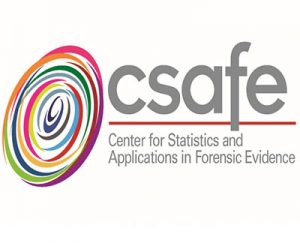The Washington Post examines three cases to highlight the problems with unreliable bitemark evidence. The first is a murder case from Minnesota, where the judge allowed for a bitemark expert to testify, but would not allow the expert to say that the bitemark was a positive match to the defendant. Instead, the expert was allowed to testify that the defendant cannot be excluded based on the bitemark evidence. The problem with this testimony is that the expert likely would not be able to exclude almost anyone with a full set of teeth, yet the jurors might think of the expert’s testimony in more black and white terms. Jurors might mistakenly believe that if the expert cannot exclude the defendant, then the defendant is definitively the contributor of the bitemarks.
The second case comes from Akron, OH, where a former police captain has been convicted of the 1997 killing of his ex-wife. The only physical evidence connecting the defendant to the crime is bitemark evidence. Recent DNA tests excluded the defendant and his conviction was thrown out. However, on appeal, the state convinced the courts that the DNA samples could have been contaminated because there were between 2 and 5 contributors to the DNA sample. The state also contended that just because the defendant’s DNA was not found in the particular sample did not mean that the defendant is not responsible for the victim’s death.
The third case comes from Louisiana where a defendant was convicted of murder in a cold case after his DNA had implicated him. However, an old letter from a forensic scientist working on the case concluded that the bitemarks could not have been made by the defendant. The Washington Post questions whether it is okay for a defense attorney to make arguments that attempt to invoke the validity of bitemark science when it has shown to be so unreliable.


Leave a Reply